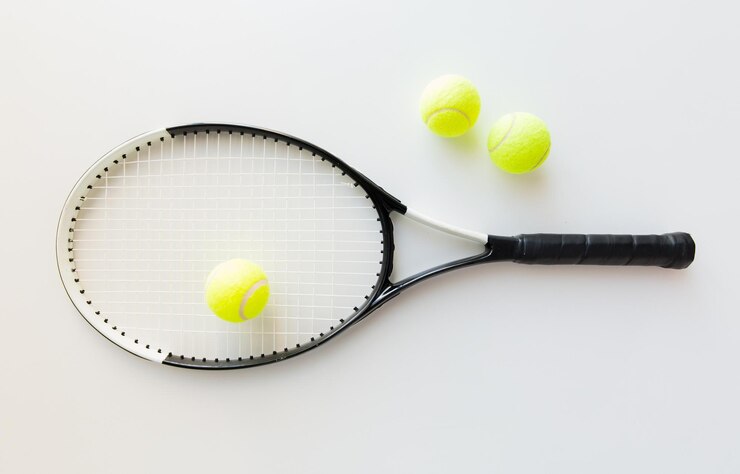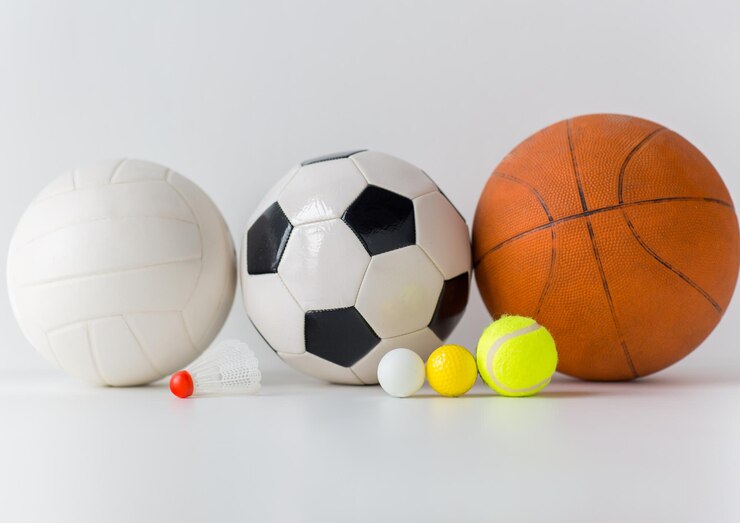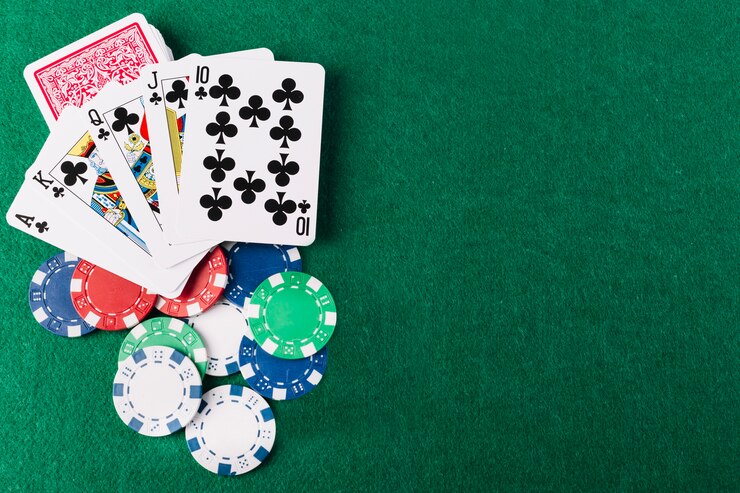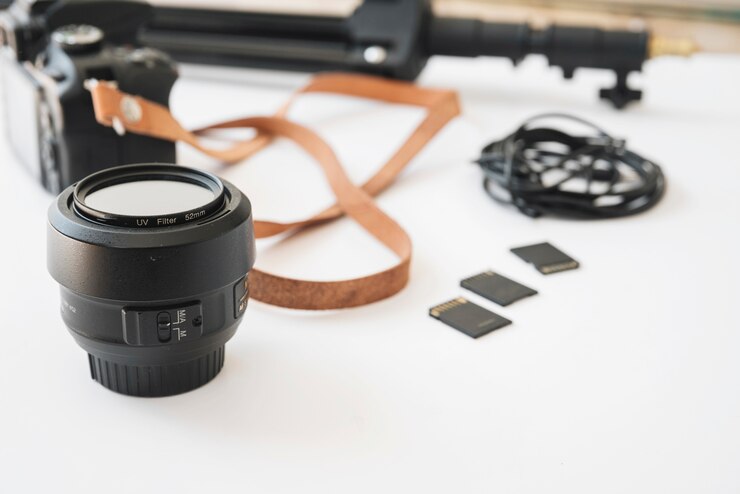Sports balls are more than just objects used in games; they are fundamental to the very essence of sports. Whether you are a player, coach, or fan, understanding the role of sports balls in various games can enhance your appreciation and performance. This blog post aims to explore the fascinating world of sports balls, shedding light on their history, diversity, and significance in different sports. By the end of this post, you’ll have a deeper understanding of why choosing the right ball matters and how it can impact your game.
The History and Evolution of Sports Balls
The history of sports balls dates back to ancient times when early humans used makeshift balls from natural materials like animal bladders and cloth. Over . Innovations have continued, with modern technology allowing for balls that are precisely engineered for specific sports.
The soccer ball, for instance, has undergone numerous transformations, from its early iterations made of leather to today’s high-tech synthetic materials that offer better control and durability. Similarly, the tennis ball has evolved from player performance and safety.
Types of Sports Balls and Their Uses
There is a wide variety of sports balls designed to meet the specific needs of each game. Soccer balls, with their hexagonal pattern, are crafted for precision and control. They are usually made from synthetic materials that provide durability and water resistance. Basketballs, on the other hand, are larger and have a distinct pebble-grain texture to enhance grip. They are predominantly made with rubber or leather composites.
Rugby balls are uniquely shaped and require materials that can withstand rough play. Golf balls, although small, are engineered with dimples to improve aerodynamics and distance. Each type of ball is designed with specific materials and dimensions to optimize performance in its respective sport. Understanding these differences is crucial for players, as using the right ball can significantly influence the outcome of a game.
The Importance of Choosing the Right Ball
Selecting the right sports ball can make a substantial difference in any game. For instance, a soccer player needs a ball that complements their playing style, whether it’s for precision, power, or control. Similarly, a basketball player relies on a ball with the right grip and bounce to execute perfect shots and passes. Choosing the wrong ball can lead to poor performance and even injury.
Different balls are designed for specific conditions, such as indoor or outdoor play, and different levels of play, from amateur to professional. Knowing the specifications of your sport and the environment in which you’ll be playing is essential to making an informed choice. Ultimately, the right ball enhances your skills and allows you to perform at your best, making the investment worthwhile.
Maintenance Tips for Prolonging the Life of Sports Balls

Proper maintenance is key to extending the lifespan of your sports balls. Always store them in a cool, dry place to prevent damage from heat and humidity. Regularly check the air pressure and inflate them as needed to maintain optimal performance. Cleaning the balls after each use helps remove dirt and grime that can wear down the material over time.
Using the right equipment for inflating, such as a quality pump and pressure gauge, ensures that you do not overinflate or underinflate the balls, which can lead to damage. Additionally, avoid bouncing or kicking the balls on hard surfaces that may cause punctures or abrasions. By following these simple maintenance tips, you can enjoy your sports balls for longer and get the most out of your investment.
Environmental Impact of Sports Balls and Sustainable Alternatives
The production and disposal of sports balls have significant environmental impacts. Most balls are made from synthetic materials like rubber and plastic, which contribute to pollution and waste. The manufacturing process itself often involves chemicals and energy consumption that negatively affect the environment.
However, the industry is gradually moving towards more sustainable alternatives. Companies are developing eco-friendly balls made from recycled materials and natural rubber. These innovations aim to reduce the carbon footprint and promote sustainability within the sports industry. By choosing eco-friendly options and supporting companies committed to sustainability, consumers can play a part in minimizing the environmental impact of sports balls.
Future Trends in Sports Ball Technology and Manufacturing

The future of sports balls is promising, with ongoing research and development aimed at improving performance and sustainability. Advances in materials science are leading to lighter yet more durable balls, enhancing player experience. For example, smart balls equipped with sensors are being developed to provide real-time data on speed, trajectory, and impact, offering valuable insights for players and coaches.
Manufacturing processes are also evolving, with 3D printing technology making it possible to produce balls with precise specifications and reduced waste. These technological advancements are set to revolutionize the way sports are played, making the games more exciting and environmentally friendly. Keeping an eye on these trends can prepare players and enthusiasts for the next generation of sports balls.
Conclusion
In conclusion, sports balls are integral to the world of sports, influencing everything from gameplay to environmental sustainability. Understanding their history, diversity, and technological advancements can enrich your appreciation and performance in various sports. Whether you’re a player, coach, or enthusiast, choosing the right ball and maintaining it properly can enhance your experience and extend its lifespan.







